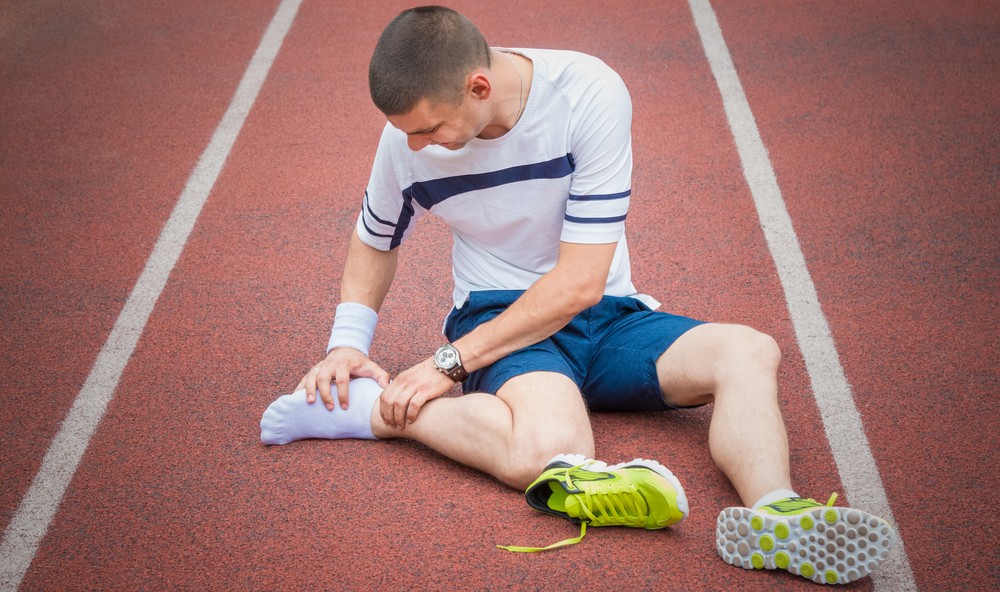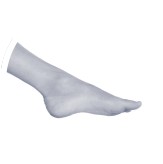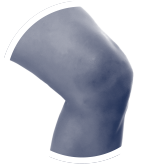
If you’re training for an event such as the London Marathon, you need to prepare far in advance so you conquer said challenge. This means preparing for many weeks or months and through many different seasons. Combined with Britain’s reputation of constantly changing weather, this means training will have to endure various weather conditions, each with their own hazards. So, here’s how to avoid injury when training during bad weather.
Have a Backup
The key to achieving your goals is to be consistent. So, when bad weather, such as rain, sleet or snow, keeps you from exercising outside, have a backup plan in place. If you are running the London Marathon, try using a treadmill. While many hate the treadmill, you’d hate it less than falling behind on your training due to skipping a session or losing many sessions due to an injury.
Plan Your Route in Advance
This one is particularly appropriate for runners. Check the weather before you go for your run. If it’s icy, try running on grass at the park or go cross-country to avoid slipping. If it’s raining, stick to roads and paths. This reduces the chances of developing slip-induced muscle strains.
Build Your Muscle Mass Through Cross-Training
Variety is what prevents boredom in any exercise regime. For runners, this includes having days off from the treadmill and having days building muscle strength, improving balance or boosting athletic performance. If you check the weather a few days in advance, you can arrange your cross-training exercises on days with poor weather and save the outdoor training for when there’s better conditions.
If You Are Injured, Take Extra Care During the Cool Down
In cold and wet conditions, your body will be confronted with new ways of working out, mainly with gait on slippery surfaces and how temperatures affect the muscles. This means it may have to deal with a larger workload than you initially envisioned.
While that isn’t always a bad thing, it does mean that your muscles may be tighter than usual. You should give extra time to your cool down so your body can remove the blood and waste by-products caused by the extra exercise.
Use Your Common Sense
Bad weather interrupting your fitness routine is frustrating but this doesn’t mean you should be taking extra risks or leave of your senses. If you are to exercise in either hot or cold weather, make sure you wear the appropriate clothing. Is there ice? Make sure your running shoes are appropriate.
That being said, if it’s extremely bad, sometimes the risk of injury is greater than the benefits of sticking to your exercise regime.
For more orthopaedic news, follow London Bridge Orthopaedics on Twitter, Facebook and LinkedIn.
Our specialties
We cover all the subspecialty areas of orthopaedics
Recent articles

Sam Singh Presents an Educational Talk at Beckenham
On Thursday 8th of February, Sam Singh presented to a group of Beckenham-based NHS GPs during a lunchtime event to discuss various foot and ankle problems, such as bunions, anterior ankle impingement, ankle injections, ankle instability and sprains, plantar fasciitis ...
Read more









